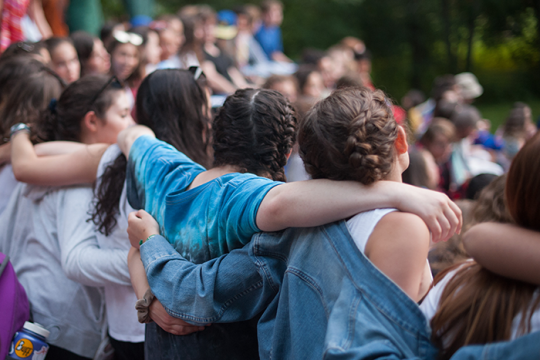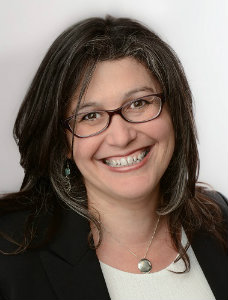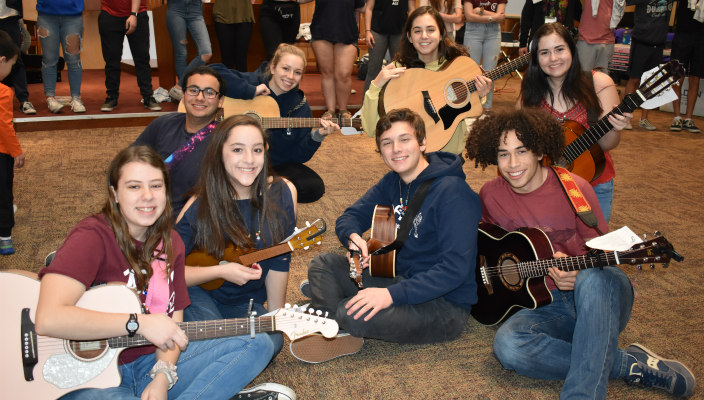
Jewish thought leader, Dr. Tali Zelkowicz, teaches that we often view Jewish life as a precarious, fragile existence always on the brink of destruction. This “china shop” view of Jewish history sees everything – from the destruction of the Temple in Jerusalem to the Enlightenment – as proof that we need to fiercely protect our tradition.
Dr. Zelkowicz also teaches us, however, that we could view these same moments in Jewish history as a “jungle gym.” In every generation Jews take leaps of faith to reimagine what Jewish life might look like. Indeed, change has been our constant – as we let go of one rung on the monkey bars, we trust there will always be another one ahead to grab.
The “jungle gym” approach is a useful framework for thinking about teen engagement, too. Just as Reform congregations are letting go of the “china shop” mentality and exploring new ways to engage teens, the Union for Reform Judaism (URJ) is doing this work at the regional and North American levels. Here are four experiments we’ve launched to celebrate how teens gather and lead, along with some early lessons that will help us deepen the impact of these endeavors:
1. Local Gatherings
NFTY: The Reform Jewish Youth Movement has experimented with increasing the number of local engagement opportunities by deepening partnerships with congregations, enabling us to meet more teens “where they’re at.” Teens are organizing short programs of just a few hours, designed to bring together teens from across a city or town. This year alone, we’ve offered almost four times as many local events and as a result, the number of unique teen participants has increased by almost 10 percent. By strengthening partnerships with congregations and creating more close-to-home opportunities with greater variety, we can engage new teens in new ways.
2. Fellowships and Other Opportunities to Act and Learn
We know from Jewish specialty camps that the way some young people connect to Jewish life is through the seamless integration of their passions with Jewish content. We have been experimenting with blended learning models that combine teen interests with in-person learning, online mentoring, and local, on-the-ground action. This year, 100 teens have participated in fellowships such as Kol Koleinu and the Religious Action Center of Reform Judaism’s (RAC) L’Taken Fellowship for Social Justice, engaging hundreds more in their year-end projects. Later this year, we’ll launch a Songleading Fellowship as we continue to explore this effective strategy for engaging teens.
3. Small Groups and the Teen Collective Model
Just as a “small groups” model can transform congregational life, we’re gaining traction with a small groups approach to teen engagement. Some teens shy away from large gatherings, gravitating instead to more intimate Shabbat dinners, meditative hikes, or Havdalah on the beach with friends. The Teen Collective model supports teens in creating these small communities for their peers and last year, the Northeast Teen Collective supported 80 teens who ran small group experiences for more than 600 of their peers. Not only did these teens create meaningful experiences for their friends, they also discovered new ways to be Jewish leaders. Later this year, with generous support from JumpSpark, we will expand this experiment to the Atlanta area.
4. Large Group Celebrations and Immersive Experiences
The weekend retreats and camp experiences that were the hallmark of previous generations’ Jewish engagement still resonate with many teens. In April alone, more than 2,000 teens will take part in NFTY immersive weekends, with thousands more participating in URJ camps, Israel trips, and teen programs this summer. These immersive experiences provide unmatched Jewish learning and relationship-building opportunities for participants and continue to be the core of our work.
Although unique in scope, these experiments all embrace innovation and challenge us to shift from protecting the “china shop” to championing the “jungle gym.” At the core of this approach is trust; we need to trust teens to find their own ways into Jewish life and support them as they use Jewish teachings, experiences, and inspiration to make our world more whole, just, and compassionate.
Researcher Brene Brown teaches, “You can’t get to courage without rumbling with vulnerability.” Currently, we are rumbling – having courageous conversations about how we as a movement can welcome teens into our communities in new ways. We need to rumble. We need to find the courage to imagine new possibilities. Buoyed by these experiments, we will reach with confidence for the next rung on the jungle gym.
We’re celebrating teen engagement across the Reform Movement as NFTY "goes big," with 2,000 teens participating in 26 events this month alone. What strategies are your congregation using to expand teen engagement?
Have something to say about this post? Join the conversation in The Tent, the communications and collaboration network for congregational leaders of the Reform Movement. You can also tweet us or tell us how you feel on Facebook.
Related Posts
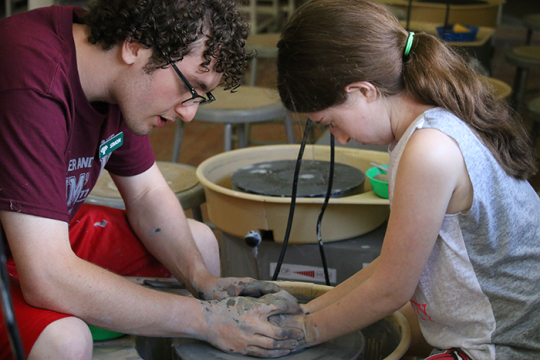
Embracing Jewish Identity, Learning to Lead: The Lifelong Benefits of Working at Summer Camp
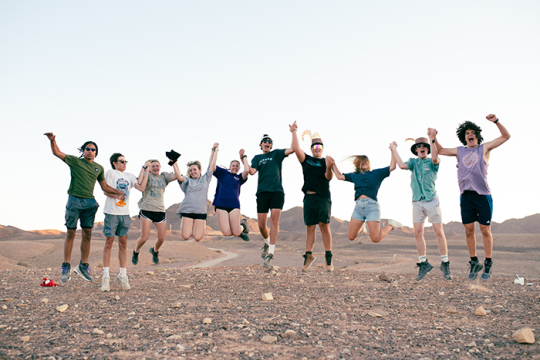
Empowering Tomorrow: The Enduring Impact of Youth & Teens in Reform Judaism's 150-Year Journey
